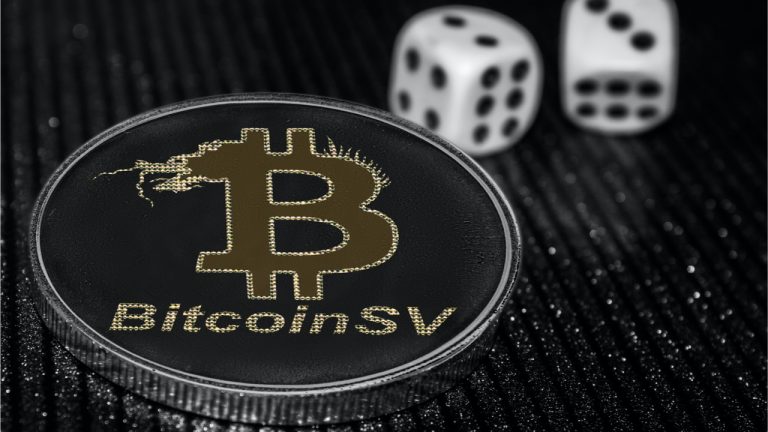
The proposed TAT Coin will enable tourism operators to cash in on the popularity of cryptocurrencies.
The Tourism Authority of Thailand (TAT) is considering creating its own utility token to capitalize on the growing popularity of cryptocurrencies.
Named after the agency's acronym, the plan to launch TAT coin will have to navigate through Thailand's complex legal framework and regulations before coming to life.
The Bangkok Post reported today that the TAT is in discussions with the Stock Exchange of Thailand regarding its ambitions and how the transfer of value can be achieved without introducing the speculative aspects of trading.
TAT coin "would involve the transfer of vouchers into digital tokens that could help operators gain greater liquidity," according to the report.
Yuthasak Supasorn, TAT governor, said he values the potential that technologies like cryptocurrencies have to offer and believes it is a great opportunity for the Thai tourism industry to boost competitiveness in the short term by attracting cryptocurrency holders:
"We have to prepare digital infrastructure and digital literacy for our tourism operators in order to commence cryptourism as the traditional business model might not be able to keep up with the new changes."
The TAT’s long term ambitions would see them to partner with the local Bitkub exchange to develop a tourism platform featuring the TAT coin and possibly non fungible tokens. Although Thailand is among the first countries in Southeast Asia to enact cryptocurrency legislation, NFTs are not yet legal.
Related: Thailand's central bank outlines safeguards for a future retail CBDC
On Monday, the Thai government announced it would waive quarantine for vaccinated travelers in Bangkok and other nine provinces from November 1 onwards, in hopes to revive the economy, which has been one of the slowest in East Asia and Pacific to recover from the pandemic.
“The Thai economy will likely require a longer time to rebound owing to delay in foreign tourist return,” said Kiatipong Ariyapruchya, senior country economist of the World Bank for Thailand.
The World Bank released a report on Tuesday, further cutting Thailand's economic growth forecast in 2021, bringing it down to one per cent.
As Cointelegraph has reported, crypto assets offer an alternative solution to transform government services and promote economic growth in the region.




















